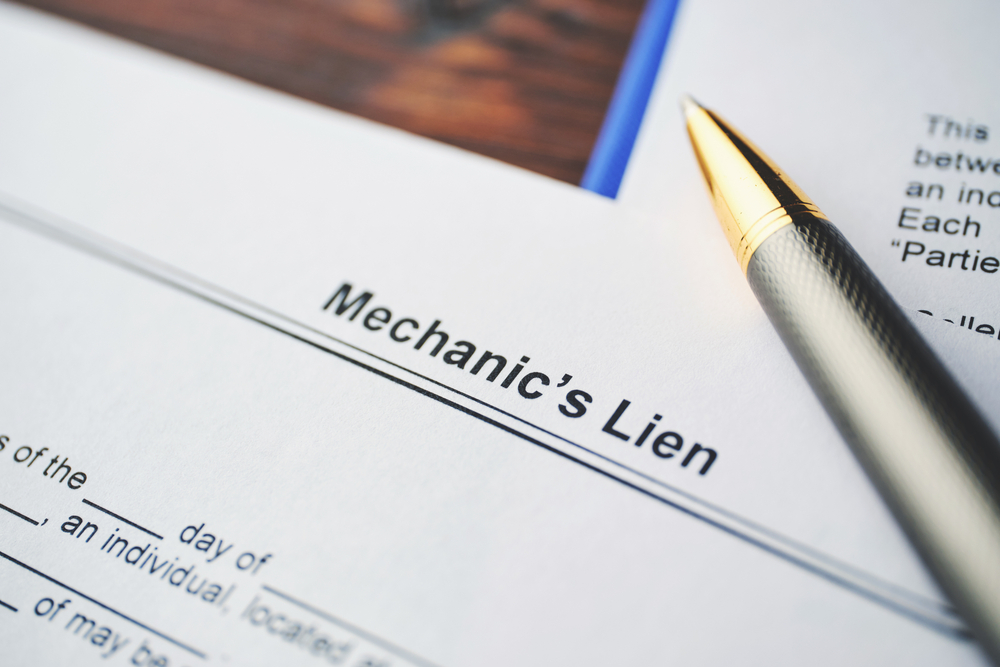
“Pay-when-Paid” Clause v. “Pay-if-Paid” Clause
A “Pay-when-Paid” clause is not covered under Chapter 56, as Chapter 56 “does not affect provisions that affect the timing of a payment…if the payment is to be made within a reasonable period.” It merely creates a future event as a convenient time for payment; but still requires the general contractor to pay the subcontractor. In other words, in most cases a “Pay-when-Paid” clause is enforceable.
Conversely, a “Pay-if-Paid” clause is covered under Chapter 56. It effectively shifts the burden of risk from the general contractor to the subcontractor. Technically, it is enforceable, but is easily defeated, so long as a subcontractor objects to its enforcement. Essentially, a subcontractor performing good-work can defeat the contingent payment clause 55 days after a pay application was sent, in addition to the applicable statutory notice.
An example if a typical “Pay-if-Paid” clause is as follows:
“The Owners payment to Contractor is an express condition precedent to Contractor’s obligation to pay subcontractor. Subcontractor expressly assumes the risk of nonpayment or insolvency by the Owner.”
Keep in mind, Chapter 56 does not apply to:
(1) Design services;
(2) The construction or maintenance of a road, highway, street, bridge, utility, water supply project, water plant, wastewater plant, water and wastewater distribution or conveyance facility, wharf, dock, airport runway or taxiway, drainage project, or related type of projected associated with civil engineering construction;
(3) Improvement to or the construction of a structure that is a:
a. Detached single-family residence
b. Duplex
c. Triplex; or
d. Quadruplex
This can very a very complicated area of law to navigate; specifically, the notice requirements. Please let us know if you have any questions or if you’d like to discuss your individual case.
This article is intended as a general educational overview of the subject matter and is not intended to be a comprehensive survey of recent jurisprudence, nor a substitute for legal advice for a specific legal matter. If you have a legal issue, please consult an attorney.
Karalynn Cromeens is the Owner and Managing Partner of The Cromeens Law Firm, PLLC, with over 17 years of experience in construction, real estate, and business law. A published author and passionate advocate for contractors, she has dedicated her career to protecting the businesses her clients have built. Karalynn is on a mission to educate subcontractors on their legal rights, which inspired her books Quit Getting Screwed and Quit Getting Stiffed, as well as her podcast and The Subcontractor Institute.

